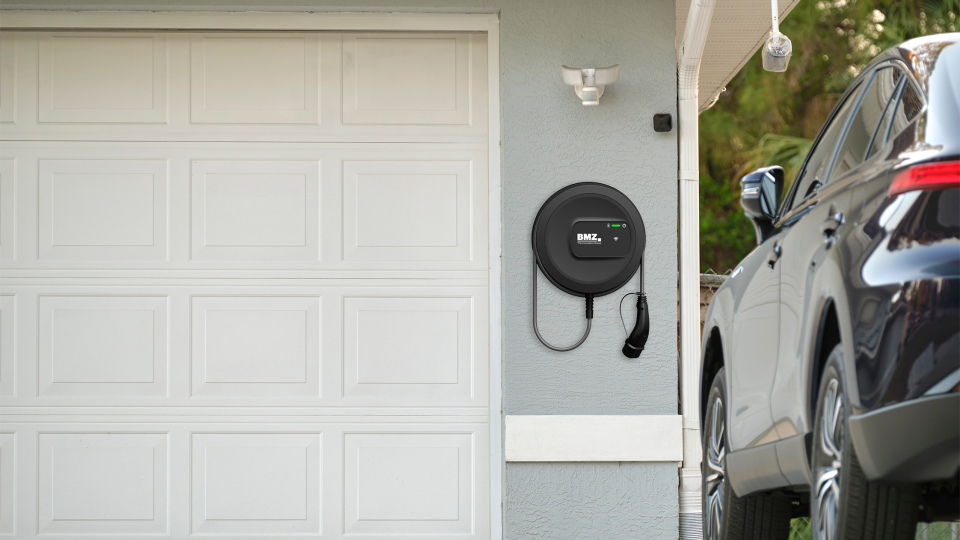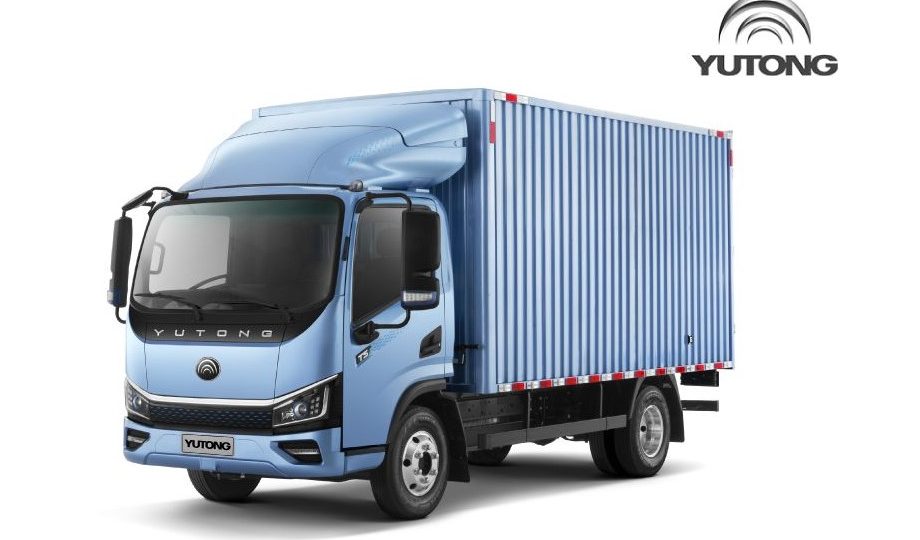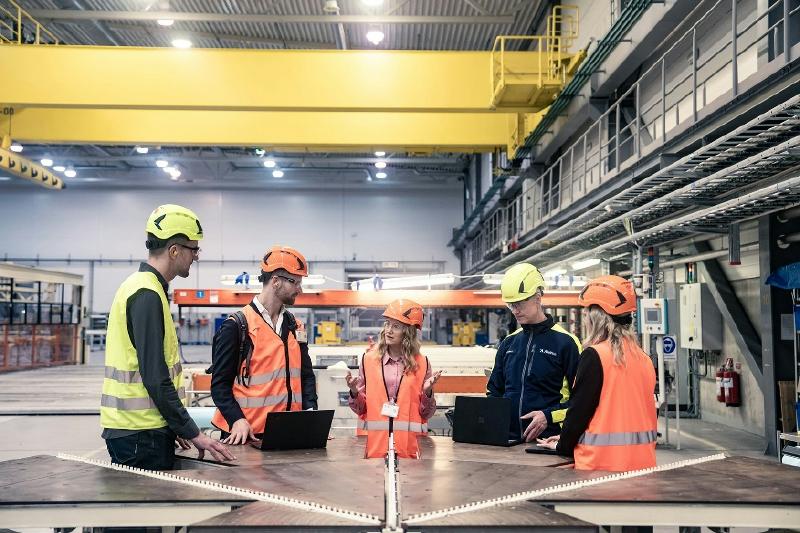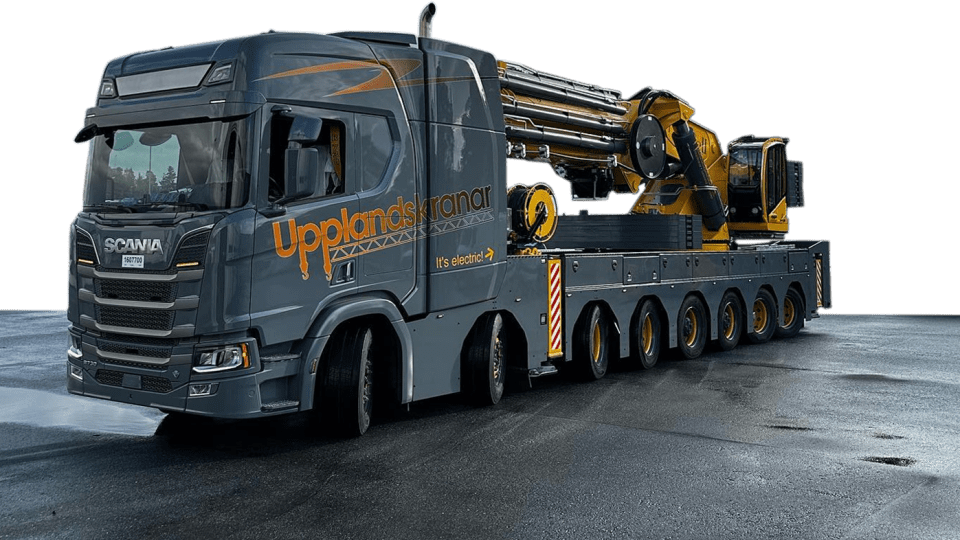ZF: one million active rear axle steering systems produced
ZF celebrates active rear axle steering system Akc (Active Kinematics Control) which has established itself as a successful product with one million units produced since production launch in 2013
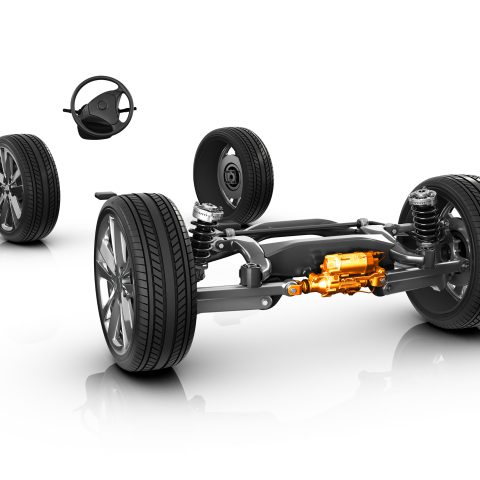
After celebrating the four millionth ConAct Release cylinder produced, ZF has produced its one millionth Akc unit, a great confirmation for this rear axle steering system.
“We continue to see a sharp increase in demand for our active rear axle steering systems” says Peter Holdmann, Head of the Car Chassis Technology Division at ZF, “because the technology provides decisive advantages in terms of the challenges of modern mobility.”
With Akc rear axle steering the toe angle of the rear wheels can be changed and results in enhanced steering functions. By steering the rear wheels in the opposite direction at low speeds, the maneuverability during parking and in city traffic is increased. The vehicle’s turning radius is reduced by up to ten percent, making it easier to maneuver passenger cars. In turn steering the rear wheels in the same direction stabilizes the vehicle at higher speeds from approximately 60 km/h, especially during evasive and lane change maneuvers.
Boom in e-mobility as a growth driver
The transformation of the industry towards electromobility will further increase the demand for rear axle steering because battery-powered vehicles (Bev) will also benefit from the technology. Since the battery is usually placed between the axles in electrified passenger cars, they usually have a longer wheelbase. This has a negative effect on the agility and turning radius of the vehicle. “This effect is particularly noticeable in urban surroundings and parking situations,” explains Holdmann. “Here, our rear axle steering is an excellent solution to allow these vehicles to be easy to maneuver. In addition, customers benefit from increased stability and safety thanks to steering in the same direction at higher speeds.”
Ready for the mobility of the future with the second Akc generation
With the second generation of Akc, which was launched in 2020, SUVs and luxury sedans also achieve maneuverability similar to that of significantly more compact vehicles. An actuating force of 11 kilonewton enables vehicles of up to 3.5 tonnes of weight to use this technology. Thanks to this performance and its “steer-by-wire” system properties, the current version of the rear axle steering system is ideally suited to the requirements of automated and electrified mobility.
Depending on the requirements and available installation space, ZF offers manufacturers the Akc system – which is produced at the Austrian ZF location in Lebring – in two variants: in a dual or a central actuator architecture. Each wheel is individually steered by a separate actuator when installing dual actuators. This variant is ideal for sports cars because it saves valuable installation space in the central part of the rear axle. The central actuator variant is positioned in the center of the axle with a larger actuator; it is primarily installed in sedans, pick-ups, or SUVs. Production of a central actuator variant for a pick-up only powered by electricity of a North American customer is currently launching into the market.



